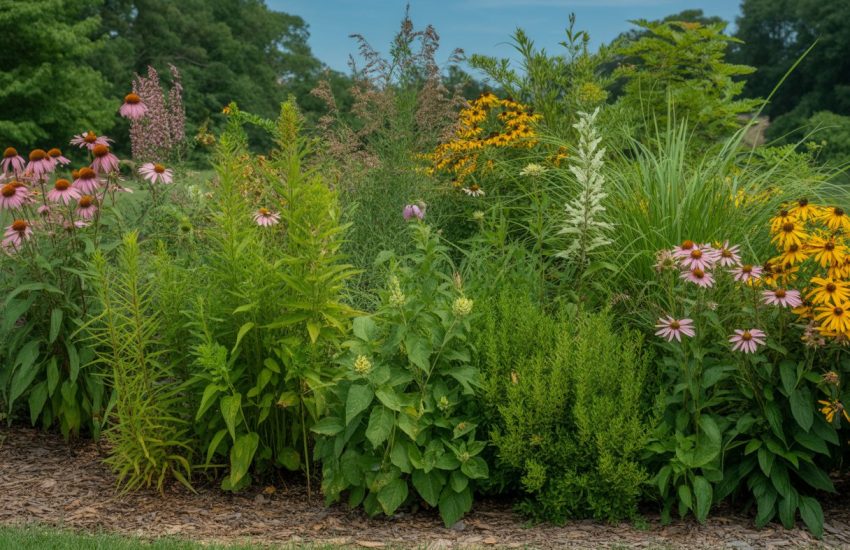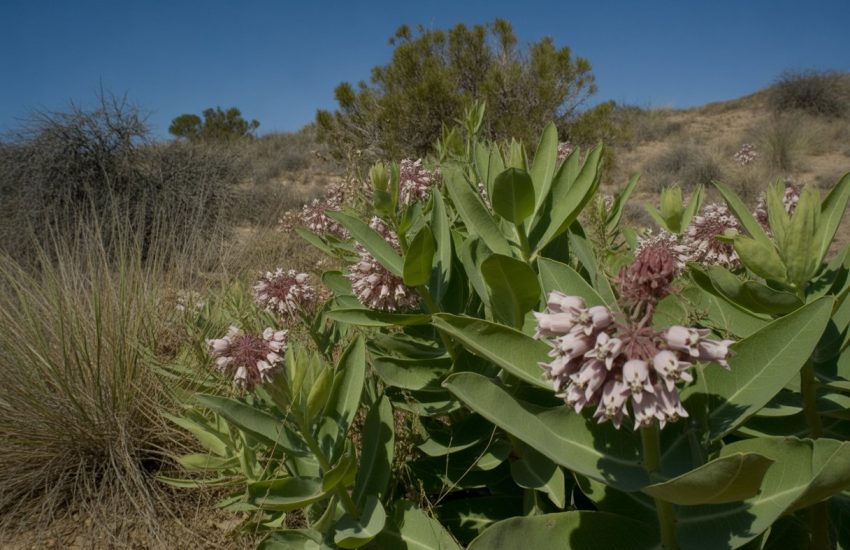Amsonia Sun or Shade: Growing Tips for the Perfect Garden
Amsonia, commonly known as blue star, is a genus of perennial plants that are native to North America. These plants are known for their delicate blue flowers that bloom in late spring or early summer. They are also valued for their attractive foliage, which can range from bright green to deep blue-green. One of the most common questions asked by gardeners is whether amsonia prefers full sun or shade.

The answer to this question is that it depends on the specific species of amsonia. Some species, such as Amsonia hubrichtii, prefer full sun and will not thrive in shade. Other species, such as Amsonia tabernaemontana, can tolerate some shade but will still perform best in full sun. It is important to research the specific species of amsonia that you are interested in growing to determine its sun and shade preferences.
Cultivation and Care
Planting and Soil Requirements
Amsonia is a low-maintenance plant that is easy to grow with the right soil conditions. It prefers well-draining soil that is enriched with compost or organic matter. The ideal soil pH for amsonia is between 6.0 and 7.0. When planting, make sure the soil is moist, but not waterlogged.
Sunlight and Temperature
Amsonia thrives in full sun to partial shade. It prefers a hot and humid climate, but can tolerate cooler temperatures as well. In hotter climates, it is best to provide some afternoon shade to prevent scorching.
Watering and Fertilization
Amsonia is a drought-tolerant plant that requires regular watering during the first growing season to establish a strong root system. After that, it can be left to fend for itself. If you want to fertilize your amsonia, use a slow-release fertilizer in the spring.
Pruning and Maintenance
Amsonia is a low-maintenance plant that requires little pruning. Deadheading spent blooms will encourage more flowers to grow. If your amsonia becomes too large or overcrowded, you can divide it in the spring. Amsonia is generally disease and pest-resistant, but keep an eye out for insects such as aphids and spider mites.
Varieties and Landscape Uses

Common Varieties
Amsonia is a genus of about 20 species of flowering plants in the dogbane family. The most commonly grown species are the blue star (Amsonia tabernaemontana), the eastern blue star (Amsonia tabernaemontana var. salicifolia), and the Arkansas blue star (Amsonia hubrichtii). The blue star is the most widely distributed species, while the eastern blue star is native to the southeastern United States and the Arkansas blue star is native to Arkansas and Oklahoma.
Design and Companion Plants
Amsonia is a versatile plant that can be used in a variety of garden designs. It is a great choice for meadows and thickets, as well as for borders and mass plantings. It also works well in containers and pots. The blue star is particularly well-suited for garden design, as it has a long blooming period and attractive foliage that turns yellow in the fall.
Amsonia can be paired with a variety of plants to create interesting and attractive combinations. It looks great with sedum, which has a similar growth habit and complements the blue star’s blue flowers with its yellow blooms. Other good companion plants include coneflowers, black-eyed susans, and coreopsis.
When designing with amsonia, it is important to consider its height and spread. The blue star typically grows to be 2-3 feet tall and wide, while the eastern blue star can reach up to 4 feet tall and wide. The Arkansas blue star is smaller, growing to be 1-2 feet tall and wide. These plants are best used in areas where they have room to spread out and won’t be crowded by other plants.
Overall, amsonia is a great choice for gardeners looking for a low-maintenance, attractive plant that can be used in a variety of garden designs. With its beautiful blue flowers, attractive foliage, and versatility, it is sure to be a welcome addition to any garden.


